Art review: Two exhibits at Akron Soul Train tell interesting stories
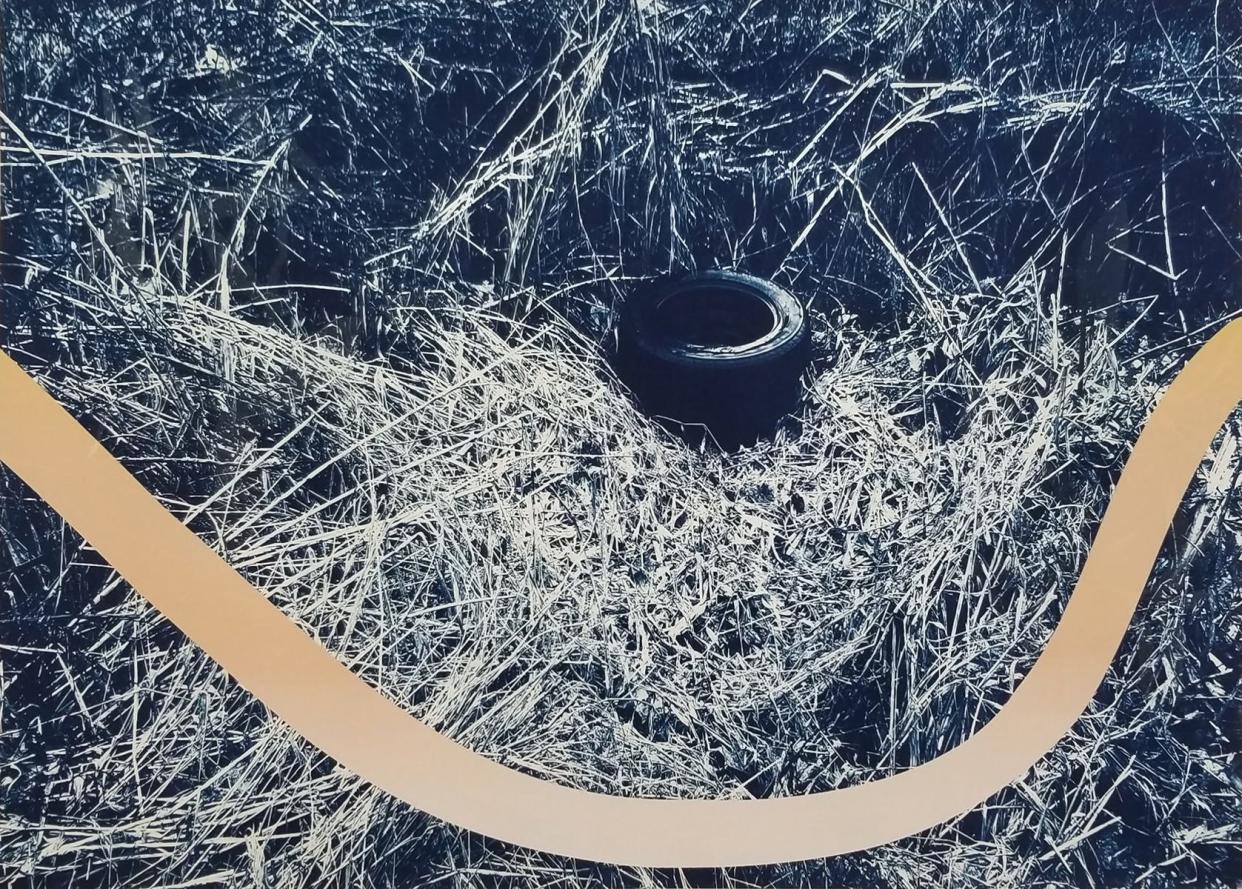
- Oops!Something went wrong.Please try again later.
Visual art can be many things to different people. For example, few would deny its ability to be transportive. Many of us share memories of looking intensely at different works of art and either feeling like we are part of the work we’re looking at, or that the work has helped fashion a world in which we can immerse ourselves.
Similarly, art has the ability to tell a story. Through the medium an artist has chosen, a story can be told that can offer a more intimate look at how we might better understand an event, series of events or even a difficult concept. The artist might offer keen insights into the community in which the artist lives.
Two shows on view at the Akron Soul Train gallery tell stories about the Greater Akron community from special perspectives. “Reshaping the Narrative,” a collaborative, community project with Akron’s Black Artists Guild, and “We should be home,” an exhibit of the work of artist-in-residence Arron Foster, help to highlight what make Northeast Ohio and Akron such a special place to call home.
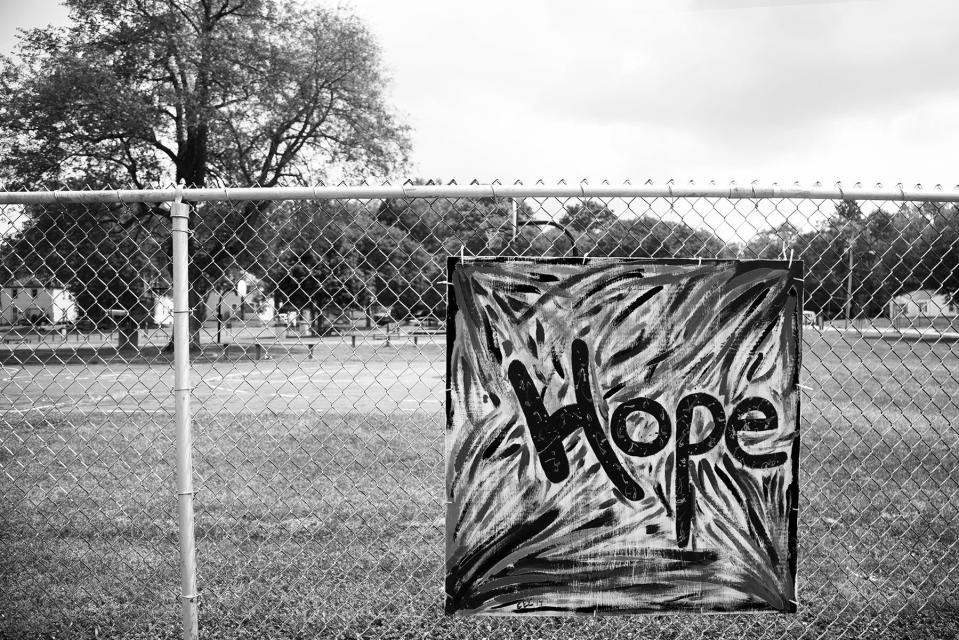
Akron Soul Train teamed up with the Black Artists Guild to produce “Reshaping the Narrative.” Curated by Dara Harper, the exhibit features a 30-minute film by Fred Barrett that tells the stories of Black families who migrated to Akron, a curated selection of family heirlooms and a photography exhibit by Talia Hodge.
The film is inspiring to watch, and the family heirlooms help anchor and add meaning to the overall story being shared. Certainly, the photographs help to communicate and share a deeper connection with our community. The artist's talent in presenting photos that are conceptually interesting and skillful in their composition and technique helps hold the entire exhibit together.
Hung in a “loose salon style,” the images have been produced in a larger scale and are elegantly tacked up on the wall. Familiar images of Akron are included along with images of families, individual community members, children and people working or engaging with their lives. Each image would be effective on its own in the communication of a story that, like the film, helps to inspire the person looking at them.
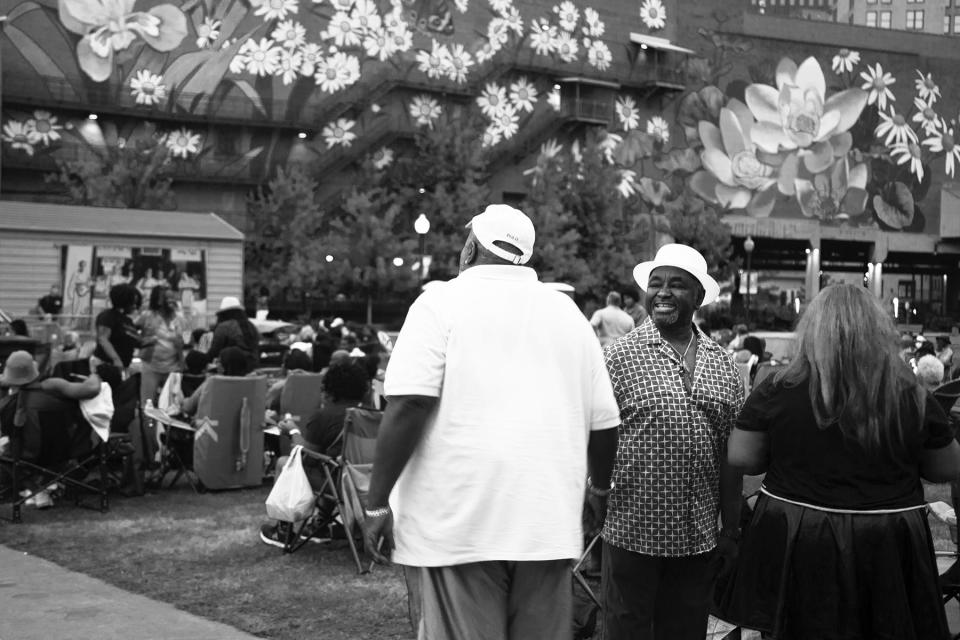
Arron Foster has several works on display in the gallery. Foster is an artist whose work also explores migration.
In his artist's statement, he notes: “As an Appalachian transplant to Northeast Ohio, I am keenly interested in the deep connections between the two regions. Research and history have shown that throughout the 20th century, Akron, Ohio, was an epicenter of Appalachian migration as large groups of both skilled and unskilled laborers poured into the region to work for the tire and rubber industries. While some of these transplants would only stay for a season, others put down roots and became established parts of the community.
“Migration has been an important part of the Appalachian experience and reflects the conditions of a changing world. While in residence, I strove to create a body of work that graphically represents the physical and cultural landscapes of the places people left and the places they settled in. I believe that the shared exploration and interpretation of places can encourage empathy for the spaces we occupy and perhaps foster a greater sense of stewardship and care.”
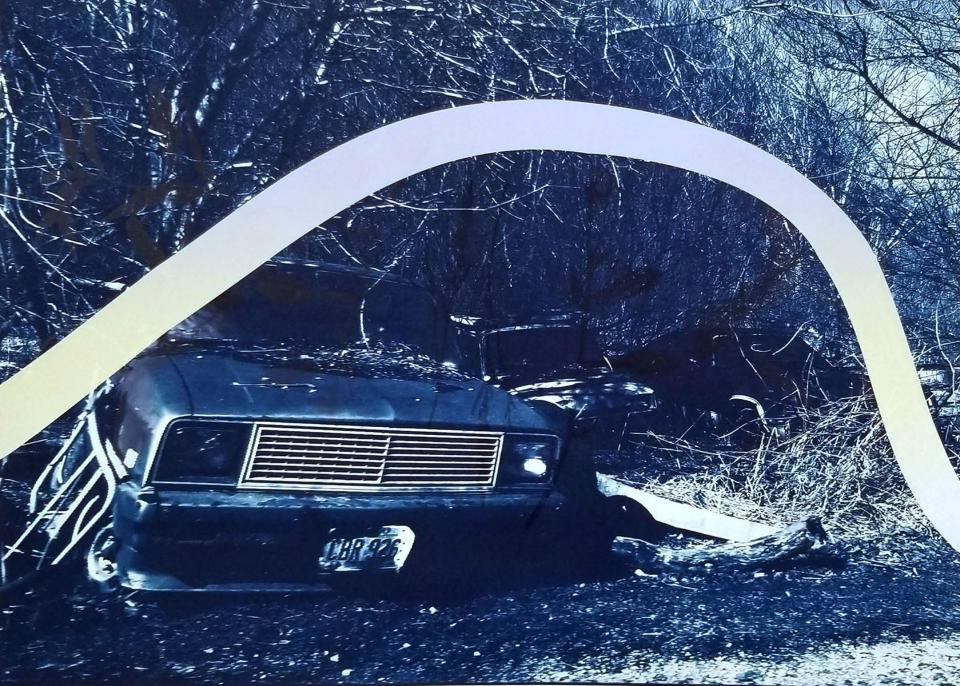
Foster is best known as a printmaker. His most striking works in the exhibit are large wall pieces made of multiple prints that together make up a cohesive whole.
“We Should Be Home” (also the title of Foster’s exhibit) is an image made of 24 screen prints that show a photographical representation of a farm field in the foreground with homes and a large hill in the background. This piece conveys a rooted feeling of earth and land. This wall installation creates a rural feel not only in the subject matter being shared but also through the artist's choice of using green as the primary color.
“Run, Run, Run” is another screen print installation. However, instead of a rural scene, this work features 36 squares made of repeating images of a red brick colored tire with yellow chrome rims with a black background. It’s important to note that the composition works because the artist successfully worked out how to create a repeating pattern that would highlight the tire in both larger and smaller versions. Because of the different sizes of the subject matter and the colors chosen, the installation vibrates and creates a visual flatness and confusion of foreground and background that is uniquely engaging.
Through its leadership role in the community as a center for contemporary artistic research, Akron Soul Train, once again displays with these exhibits why it’s shaping the narrative for contemporary art in Akron and helping to form a new vision of what can happen locally for artists who call Northeast Ohio home.
If you needed a reason to brave the construction happening in downtown Akron, “Reshaping the Narrative” and “We should be home” are good reason to do so.
Anderson Turner is director of the Kent State University School of Art collection and galleries. Contact him at haturner3@gmail.com.
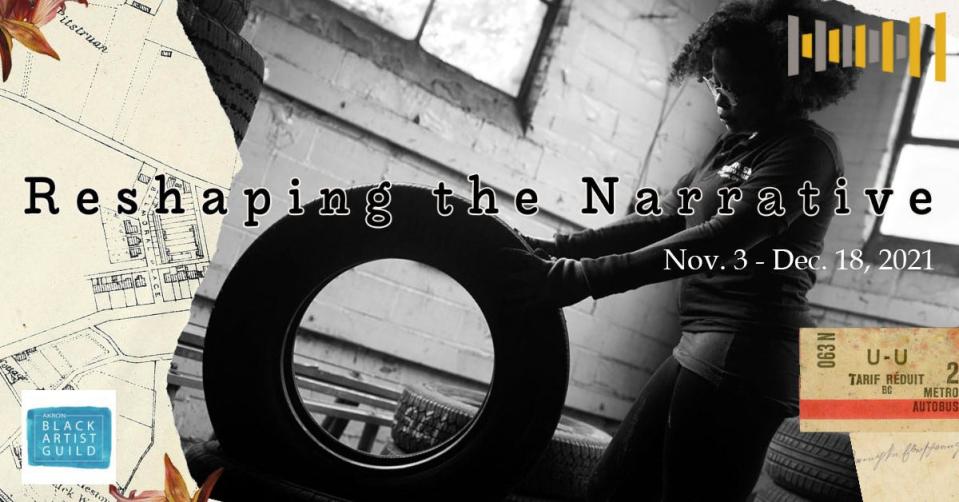
Details
Exhibits: “Reshaping the Narrative” and “We should be home”
Place: Akron Soul Train, 191 S. Main St.
Hours: 11 a.m. to 4 p.m. Wednesday to Saturday through Dec. 18.
More info: akronsoultrain.org or 330-573-0517
This article originally appeared on Akron Beacon Journal: Art review: Two exhibits at Akron Soul Train tell interesting stories

